Although it’s a foreign concept in warmer climates, a good chunk of the country needs to concern itself with inflated utility bills during the winter months. The good news? There are some simple steps you can take to make your home’s gas or electric heat usage more efficient. Such as:
1. Turn Down Your Water Heater.
Your showers can be warm, but they shouldn’t be scalding. Manually reducing your water heater’s temperature to 120°F (down from the typical 140) can save you up to 11 percent in water heating costs; cutting showers in half can save up to 33 percent, according to the California Energy Commission.
2. Replace Your Furnace Filters.
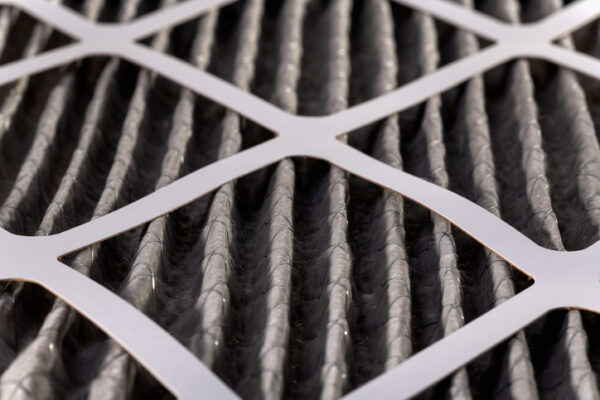 Changing furnace filters isn’t just about clean air: Clogged material can force your unit to work harder, raising energy costs. Replace the filter and opt for a furnace inspection by a professional to make sure it’s operating at optimal efficiency.
Changing furnace filters isn’t just about clean air: Clogged material can force your unit to work harder, raising energy costs. Replace the filter and opt for a furnace inspection by a professional to make sure it’s operating at optimal efficiency.
3. Maintain Your Doors And Windows.
Peeling weather-stripping and ill-fitting doors and windows can let in drafts, allowing your home’s heat to drift outdoors. Replace weatherstripping as needed and adjust thresholds so no cold air is getting in through gaps. You can also use plastic window kits to help insulate from leaks.
4. Turn Down Your Thermostat.
You’d be surprised at how comfortable you can be with your furnace set at 68 degrees as opposed 70 or 71. While it might mean opting for long sleeves over a t-shirt, you’ll save roughly 5 percent on room heating costs.
5. Close Unused Vents.
Got a guest room you rarely use? Close the vent coming from the furnace. Rooms that don’t need to be heated can be sealed off so the heat gets redirected to occupied parts of the home.
6. Turn On Your Ceiling Fan.
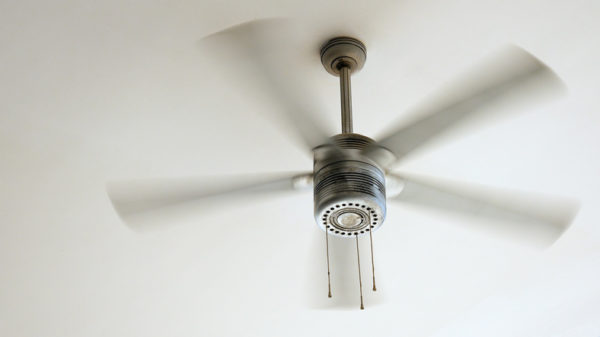
They’re not just there to keep you cool in the summer. Keeping a fan running clockwise will push the warm air that’s collected near the ceiling back into the room.
7. Check Your Attic Insulation.
Attics should have a minimum of 11 inches of fiberglass insulation. Without it, you’re going to lose heat through the upper level of the home. If you haven’t put down insulation, be sure to seal up any cracks in the attic floor first.
8. Turn Your Bathroom Fan Off.
After taking a hot shower, don’t be so quick to reach for the exhaust fan switch. The humid air from the steam will likely migrate to neighboring areas, warming the air in the process.
 9. Open—Then Close—The Drapes.
9. Open—Then Close—The Drapes.
Sunlight is a free way to warm up a room, providing you’ve opened drapes and blinds to let it do its thing. When the sun sets, close the drapes to help retain the heat collected during the day.
10. Consider An Electric Blanket.
With low energy use, electric blankets can allow you to dial down your thermostat even more during the evening.
11. Light A Candle.
Lighting a candle will result in a tiny smoke trail: if you see it being tugged in one direction of the room near doors or windows, you likely have an air leak that can be treated with caulk or another sealant. Be sure to blow out your candle before you exit the room, however—it’s never a good idea to leave an open flame unattended.
Want another easy way to save? Get a quote on affordable homeowners insurance or renters insurance through the GEICO Insurance Agency.
Next article: 8 Things You Should Know About Fireplace and Chimney Care
More Winter Warmth Hacks In 15 Minutes Or Less
Brought to you by Nifty
Stove Top Humidifier

Supplies
Pot
Water
Lemon
Cinnamon sticks
Instructions
- Fill a pot with water and set on the stove.
- Add some lemon slices and cinnamon sticks to the pot, and turn to a boil.
- Enjoy the added humidity and a lovely smell!
Thick Rugs
Supplies
Large thick rugs
Instructions
- Place thick rugs on wooden floors to keep your feet warmer.
- Enjoy!
Wool Inserts For Boots
Supplies
Wool felt
Scissors
Boots or shoes
Chalk
Instructions
- Take the insoles out of your shoes and use some white chalk or eyeliner to outline the pattern onto your wool felt.
- Using a pair of sharp scissors, cut out the inserts.
- Slide the inserts inside your shoes and enjoy!
Warming Tea
 Supplies
Supplies
Teas that include ingredients like cinnamon, peppermint, ginger, clove, or cardamom
Instructions
- Brew your favorite spiced teas with ingredients like cinnamon, peppermint, ginger, clove, or cardamom.
- These ingredients provide warmth and are perfect for a cold winter day. Brew and enjoy!
Thick Curtains
Supplies
Heavy window curtains
Instructions
- Put heavy window curtains up on windows to keep the cold air from entering your home.
- Enjoy!
DIY Hand Warmers
Supplies
1 sandwich baggie
1 snack-sized baggie
1/2 cup Water
1 cup of ice-melt pellets (calcium carbonate)
Instructions
- In a sandwich-sized baggie, add 1 cup of pellets.
- Next, add half a cup of water to a snack-sized baggie and seal.
- Put the water baggie in the larger one with pellets and seal.
- To use, squeeze to break the inner water baggie and activate the pellets.
- Enjoy!

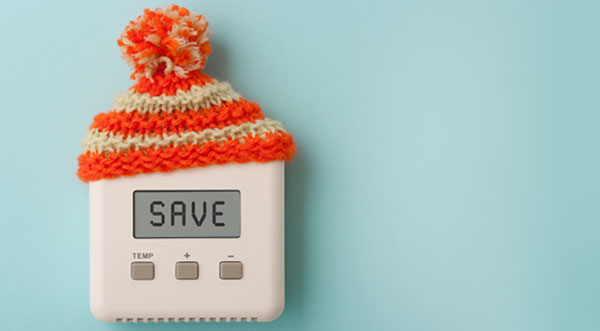


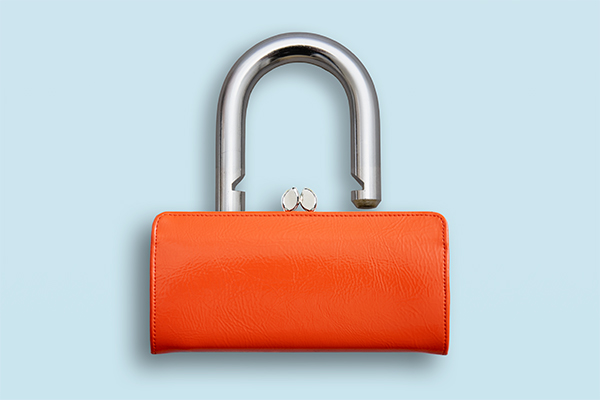
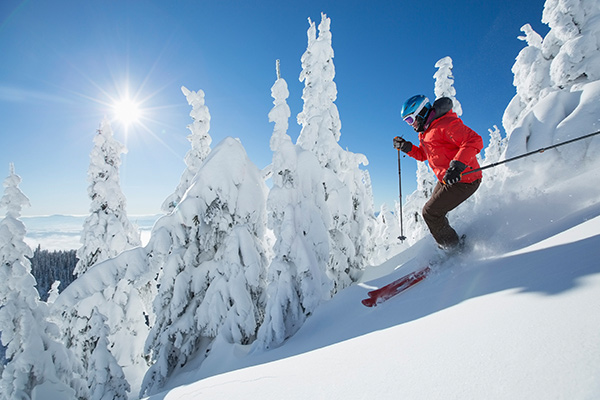
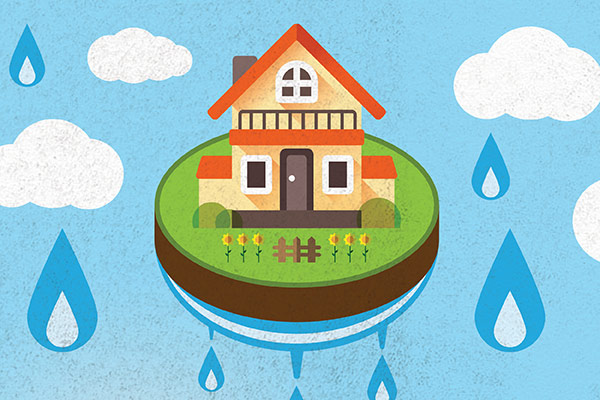
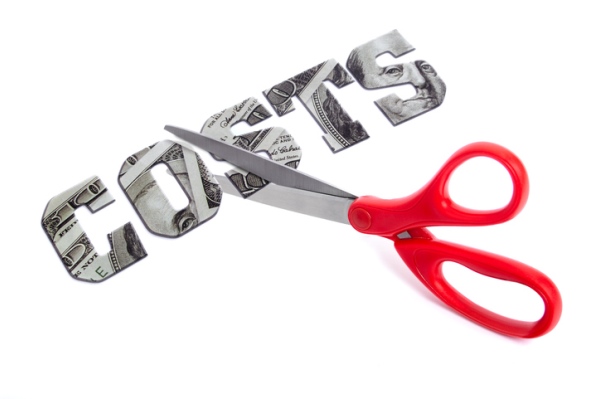


Kopernikas Green says,
Nice post! You can save energy and keep your costs in check by keeping your thermostat at 68 degrees Fahrenheit during the daytime. Energy.gov reports that turning your thermostat lower by 10 to 15 degrees for 8 hours per day will help you see an energy usage reduction of 5 to 15 percent per year on your bill.
Chris Jackson says,
I love these hacks!
Martha Edwards says,
Very good advice I intend to utilize a few of these tips,
Linda Pisecki says,
Wow, have to comment on Tip #5 regarding closing off unused vents. The power company here, has an ad on TV stating leave all vents open so the heat is evenly distributed. Plus, when
I bought this townhome, carpeting for the bedrooms needed to be replaced as there was a black line running right near the bottom of the door to each room. Carpet people told me, it was because the people must have been closing their doors and disrupted the flow of air.
So guys…which is it?
Jeff says,
When I had oil heat,with a very old furnace I placed a piece of steel railroad track in the center of the fire bucket and resealed the unit….why let all that heat go to waste, that cut my oil bill by 50%… The steel track kept the water jacket hot for the same amount of time the unit had run.
Also.. There are additives you can purchase to add to the water in your system that help it act like oil….fast to heat then slow to cool.
Joe. says,
Jeff,
What are you on?
You mention “furnace”
then “hot water”
A furnace is “AIR”
Hot water is a BOILER.
Where did you put that “piece of steel”?
If you put it in the burner fire chamber, then you completely screwed up the fire pattern!
And a BTU is a BTU, used to heat water or air, used to keep you and family warm.
182,000 per gal. of #2 heating oil.
Be careful adding additives to a cast iron boiler, seals may not be designed for such.
There is an antifreeze additive used in trailer homes, designed for such.
50% Really!!!! I want some of that.
Tamara Brendle says,
The tips that you gave us are really helpful. I will try to follow these tips so I can save too. Thanks for sharing!
Trisha Bement says,
I have what is called cold air ashama. I must have warm (most people think it is hot) or I get deathly ill. High heating costs are a part of keeping me healthy. All of these tips are great and I follow the ones that I can.
Jenkins Leroyson says,
These are some great money saving tips for your heating bill. I didn’t know that wood-burning fireplaces lost so much energy through open flues. It sounds like we could improve a few things in that area of our home! Thanks for sharing this.
Jeff says,
You can purchase vented boxes that you put in inline of the stovepipe to utilize some of the heat going up the chimney….they also have them for regular heating systems…or at least they used to…i had made my own out of a 55 gal. drum…cut staggered slots in both sides then welded in plates… By the time hot air went thru it was cooled quite a bit to go up the chimney. And the suspended drum was like an extra radiator lol.
Megan says,
I’m always looking for ways to cut down on my heating costs! I didn’t realize that programmable thermostats can cut down on your heating costs up to 10% each year! Wow. That’s definitely something I’ll have to look into before winter rolls around. My tip would be to make sure that you have warm clothes. I mean, you don’t need to heat the house to 75 if you have a good sweater you can wear at home. Around 65 degrees would probably be good enough at that point.
Terr says,
65 degrees is uncomfortable requiring a winter coat and cloves all day. More colds and illnesses at 65 degrees.Not worth a few dollars savings.
Anyes P.V. says,
I agree. 69 during the day and I turned it down at 66 for the night.